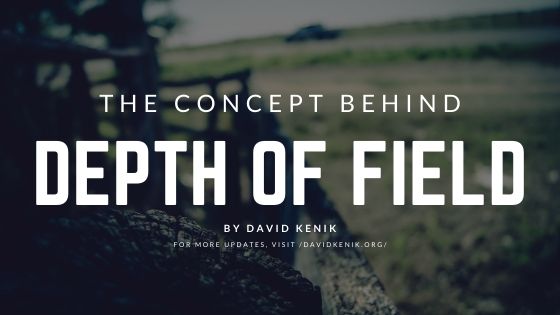Harold Davis, photographer and author of Creative Composition: Digital Photography Tips and Techniques, wrote in his book: “Depth of field is a key compositional element in many, if not most, photographs. It is one of the most important tools a photographer can use to create striking images.” This advice rings true because having depth in your photos can add intriguing dynamics that will transform your picture from a good one to a great one.
True as the advice is, there’s a difference between speaking about a technique and putting it to practical use. What people fail to understand is that there are limitations in either the concept of depth of field, the equipment used to capture an image, or both that keep them from achieving the technique as a whole. You must understand what depth of field is before you can apply it to your photographs in the field.
What is depth of field?
Depth of field, often referred to as DoF, is “the distance between the nearest and furthest elements in a scene that appear to be “acceptably sharp” in an image,” determined by the plane of focus, or PoF, of the camera lens. The camera lens can only focus on one distance at a time, making whatever is in that PoF acceptably sharp, so anything that falls beyond the PoF becomes not acceptably sharp and blurs as a result.
The PoF will not always be where you want it to be. A little math will show that the PoF will be perpendicular to the shooting direction—forming a 90-degree angle—so you may need to get creative to capture the image you want. Get on a ladder or lay flat on the ground, bend your body at odd angles or, if you’re lucky, take a few steps back at the level you’re standing at. By moving around, you increase the likelihood of finding the right shooting position for your photo to make sense, and depth of field will be one of the many elements that come together in your image when you do so.
Terms to look out for
- Circle of Confusion: establishes what’s considered to be acceptably sharp in an image.
- Hyperfocal Distance: everything that falls from half of this distance to infinity will be in focus.
- Aperture: the easiest and most common camera setting used to control depth of field.
- Diffraction: the result of light dispersion caused by the edges of the diaphragm blades in the lens.
- Bokeh: Japanese for the word “blur”; describes the quality of the blur produced in the out of focus parts of an image created by a lens. Not the same as shallow depth of field.
